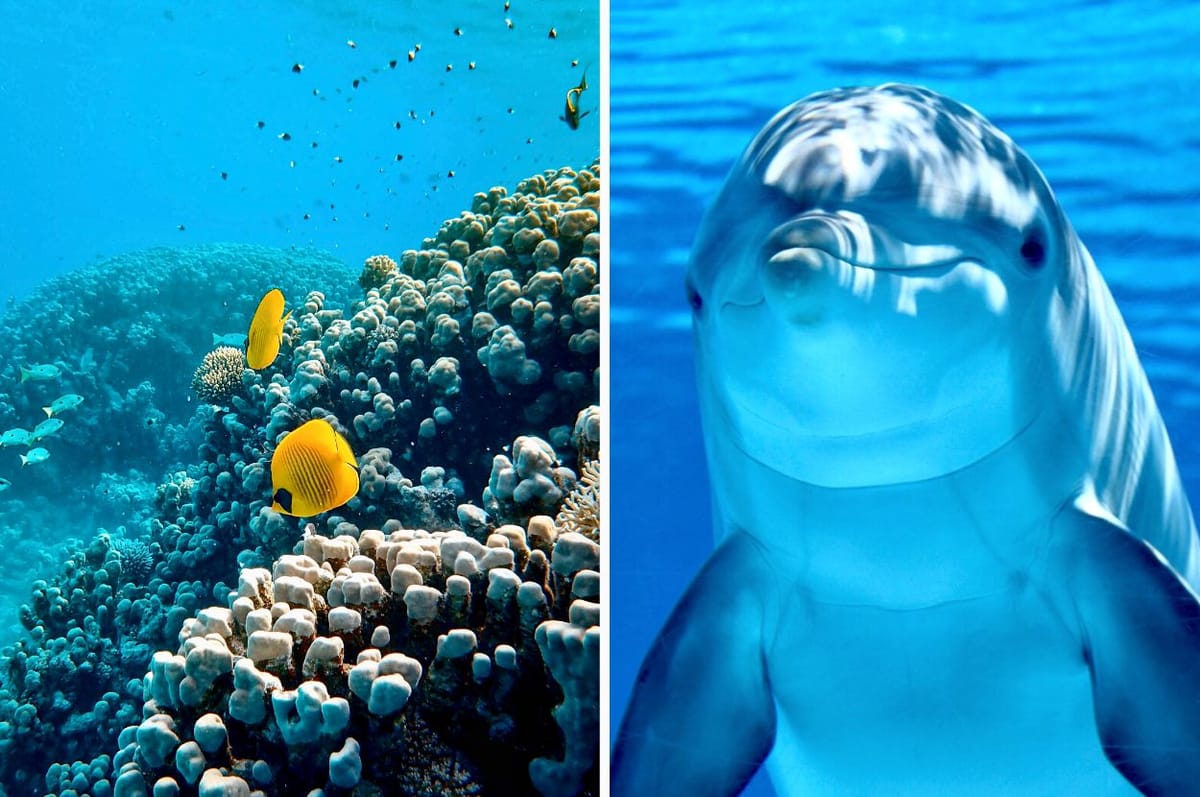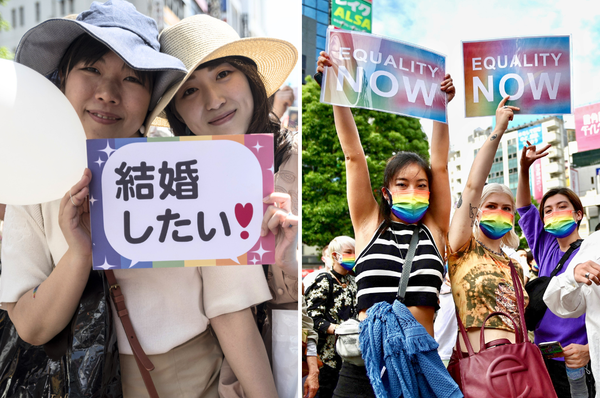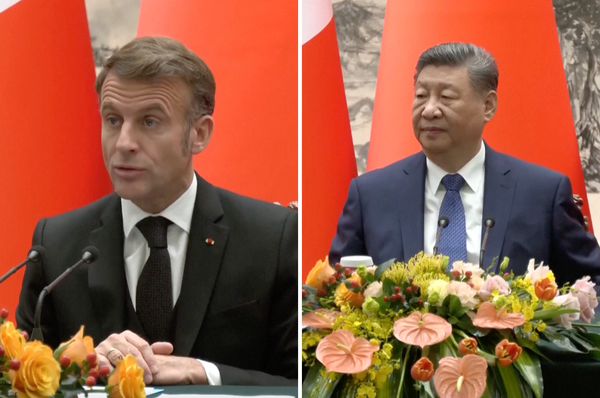After Nearly Two Decades, Countries Signed A Historic Treaty To Protect The World’s Oceans And Marine Life
The “High Seas Treaty” agreement aims to protect at least 30% of the world’s oceans by 2030 by setting up protected areas to avoid damage.

On Saturday March 4, after two decades in the making, nearly 200 countries agreed to a historic United Nations treaty to protect marine life and biodiversity in international waters, which are called the high seas.
The “High Seas Treaty” agreement aims to protect at least 30% of the world’s oceans by 2030 – known as 30×30 – by setting up protected areas to avoid damage.
The high seas – which cover almost two-thirds of the world’s oceans – have suffered exploitation from overfishing, chemical and plastic pollution, as well as climate change, leading to biodiversity loss.

Currently, only 1.2% of international waters are protected, and only 0.8% are identified as “highly protected”, according to CNN.
The last international agreement on ocean protection, the UN Convention on the Law of the Sea, was signed 40 years ago in 1982 and came into force in 1994.

“Ladies and gentlemen, the ship has reached the shore,” Singapore’s UN Ambassador Rena Lee said when she announced the agreement.
The secretary-general of the UN called the treaty as “a victory for multilateralism and for global efforts to counter the destructive trends facing ocean health” in a statement.
11 million square kilometers (4.2 million square miles) of the ocean need to be put under protection every year until 2030 in order to meet the target, according to Greenpeace, Reuters reported.





